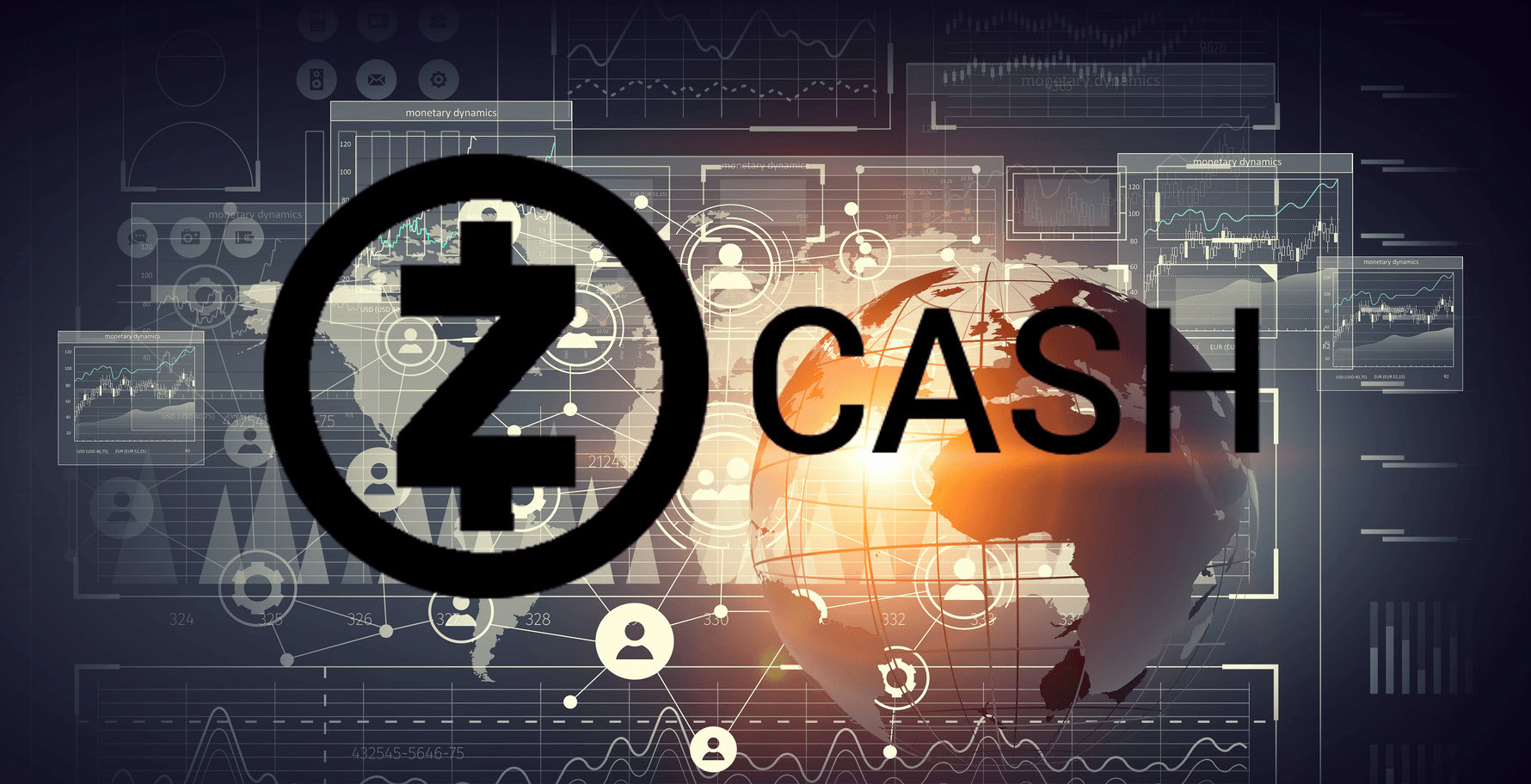Affiliate links on Android Authority may earn us a commission. Learn more.
5 other cryptocurrencies you should watch
February 28, 2018

Bitcoin has launched cryptocurrency in to the public spotlight with its meteoric rise in price. This is a good thing for cryptocurrency in general, as it proves that the idea itself is viable. It might be a little late to jump onto the Bitcoin train now that it’s so costly, but there are plenty of other options, if you’re looking to get into the game.
With this in mind, we compiled our picks of five other cryptocurrencies to watch, right here.
Litecoin (LTC)

Founded in 2011 by a former Google engineer, Charlie Lee, Litecoin is silver to Bitcoin’s gold. Litecoin is mined using a different algorithm, called scrypt (pronounced “script”) which is much more RAM intensive. Litecoin has a few key advantages over Bitcoin. It allows for faster transactions, and will ultimately have four times the number of coins available for those who want to buy in.
South Korea’s Coinone exchange enabled Litecoin recently, which is a boon for the currency. South Korea is one of the biggest altcoin trading nations, so this is significant news for Litecoin. While it will likely never reach the same levels as its big brother, it was never meant to, and LTC is perfectly fine with that.
Ethereum (ETH)

Ethereum is another common application for blockchain technology. It’s not a coin, per se, but it’s a platform on which you can deploy and run decentralized applications. Miners on Ethereum work to mine Ether, which is a sort of crypto token that allows developers to work on the Ethereum network. Developers can also use Ether to pay for transaction fees and other services on the network.
Ethereum is not set up to send money back and forth between parties, as its founders see that as quite a limited use of blockchain technology. Experts say that Ethereum is a safer investment based on the fact that its value is determined by its own technology. That beings said, many people think of Ethereum as a close second to Bitcoin, meaning if they’re heard of Bitcoin, Ethereum is likely on their radar. In some ways, Bitcoin’s success is Ethereum’s success.
Zcash (ZEC)

Zcash bills itself as a more secure form of Bitcoin. With Zcash, transactions are still recorded and published on the blockchain, but with Zcash, the sender, receiver and amount are private. You can also use shielded transactions in which the data is encrypted using home-grown zero-knowledge cryptography called zk-SNARK.
Zcash also isn’t set up as an open sourced community, like most other cryptocurrencies. Instead, it’s a company taking on investors to turn a profit. When it launched, the Zcash company received 20 percent of every coin that was mined on the first 4 percent of coins, which effectively gives the company 10 percent of the total supply. Zcash’s value will depend entirely on supply and demand, the latter of which is uncertain.
Dash (DASH)

Also called XCoin or Darkcoin, Dash is a cryptocurrency that is completely untraceable. Dash uses a decentralized master code to make transactions impossible to trace. Dash, as its name implies, is reliant on speed. Transactions are confirmed in just four seconds. Transaction fees are low too — around $0.40 or so. This makes Dash extremely desirable compared to its cryptocurrency brethren.
Dash currently has a market cap of about $9 billion, and it can be purchased in a variety of ways. From post offices to ATMs, it’s not difficult to get Dash coins. Like all cryptocurrencies, though, using it is another matter — it hasn’t been widely adopted, certainly not compared to Bitcoin. Its price has been increasing of late, as determined by supply and demand.
Ripple (XRP)

Ripple is both a cryptocurrency (XRP) and a payment network (RippleNet). This network has been set up between large financial institutions in order to facilitate large transactions across borders very quickly. Ripple was designed for big banks. It allows for transactions to complete in just four seconds with relatively low fees, making it attractive to larger businesses.
Ripple is different from other cryptocurrencies in that all of the 100 billion coins have already been generated. The company that owns the currency is gradually releasing the coins to be traded at the rate of one billion per month. The ledger for Ripple is also not decentralized like most other cryptocurrencies. But its focus on larger institutions might just make it unique enough to keep it going. While other cryptocurrencies are still waiting to find out all the things they’ll be useful for, Ripple is already being implemented as planned, giving it an advantage over the others. At least, in theory.
Cryptocurrencies to watch – Conclusion
So there you have it. That’s our breakdown of five other cryptocurrencies to watch. In reality, there are over 1,000 other cryptocurrencies out there, but the ones in this list stand out as relative success stories and viable alternatives to Bitcoin. Are there other cryptocurrencies to watch that are important? Be sure to sound off in the comments below, as this article will be updated frequently as needed.